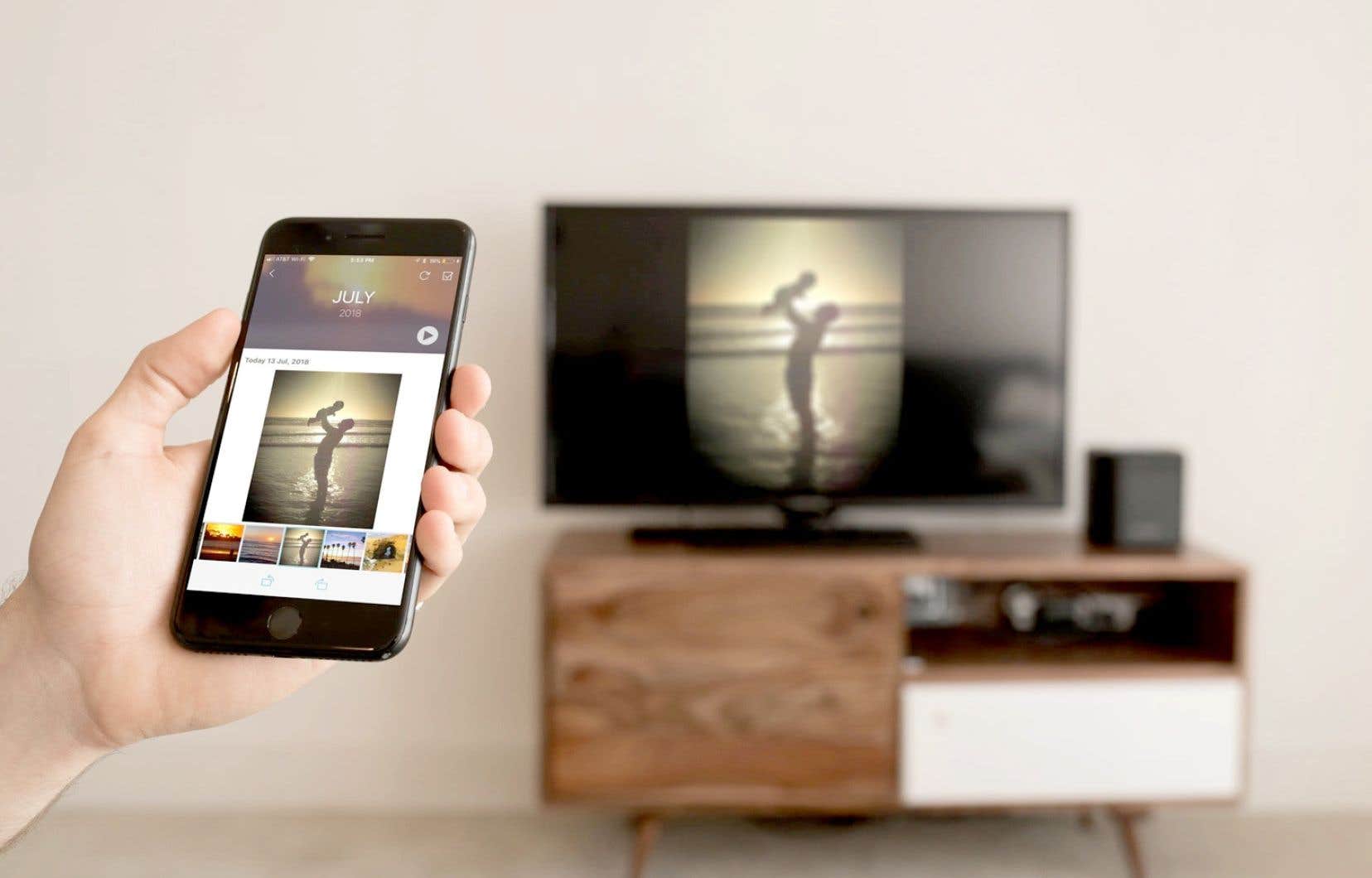Photo albums aren’t what they used to be. Modern phones do their own sorting of the photos that we now take by the thousands. They automatically identify faces and places. They make a backup copy of it in the cloud. And, big news in 2023: you can now apply the same treatment to your oldest photos.
It’s easier than ever to bridge the gap between 2023 and the time when photos were taken in batches of 12, 24 or 36 exposures and then developed at high prices in specialized shops. That goes for the decade around the turn of the millennium, too, when digital cameras ruled mainstream photography. That was before smart phones sent them back to the same drawer as the Walkman…
Bringing together photos from all eras in a single digital album that will not accumulate dust is therefore quite possible, without breaking your head. Here are three ways to do it.
Express Scan
Digitizing old photos is neither easy nor fun. Unless you have a purpose-designed gadget on hand. The Epson company offers one, called the FastFoto FF-680W, which is on clearance these days. The device has all the appearance of a computer printer that works upside down: insert up to 36 photos in the maximum format of 8 x 10 and it will scan them all, one by one. The resolution ranges from 300 to 1200 pixels per inch (ppi), which then allows them to be quickly shared, reprinted or enlarged.
Detail not trivial: this digitizer recovers the sweet words noted on the back of old pictures. And for those photos printed 20 years ago that may be faded, Epson includes software to revive dull colors, level the horizon, and more. It’s all stored where you want it, on your home computer, on a network drive, or with a cloud service like Dropbox.
Sharp, sharp picture
Phones from Apple, Google, Samsung and others come with more pixels, more filters and more photo editing options every year. That’s great for the snaps you take from these phones, but what about your oldest digital photos?
Google offers a solution that isn’t perfect, but might work for some: drop your old digital snaps into its Google Photos cloud storage, and its algorithms will enhance the image as if you had just snapped it. These old photos may have been taken in another era with a digital camera, or more recently with an old phone — whatever the model, it could be an old iPhone.
There is however a catch. Called Photo Unblur (“sharp photo”), this solution can be found in the Google Photos application for the Android system and is exclusive to the phones of the Pixel 7 range.
As you might guess from its name, the sharp photo function improves the focusing of a blurry photo, a common problem in the not-so-distant era when focusing wasn’t automatic or very precise. It also restores precision to photos taken in motion. This function is in addition to another highly appreciated Pixel software tool (but which is not exclusive to it): the magic eraser. This one allows most of the time to quite effectively remove unwanted elements from your photos, recent or not.
Who is who
Apple and Google do more with the photos you take with their phones than store them on one of their millions of servers. They use the information they contain to create small, tailor-made albums. The dates, places and even the subjects they contain are used to give a title to these smart albums: your trip to Paris, outdoor photos, family photos, etc.
It’s practical and fun. It’s also expensive: Cloud storage from Apple and Google is only free for the first few gigabytes. However, you don’t need to pay a monthly fee to benefit from equivalent treatment of your digital photos. European company LatticeWork has come up with a home gadget in recent years that does all that and more.
The device is called Amber. This is a small connected server for the home. It comes in three versions: the cheapest ($300) needs an external USB drive to work. The other two – which can also be used as a WiFi router for the home, not stupid – have either 1 or 2 terabytes of internal storage. In fact, they have double that, but the second storage serves as a backup copy of the first. Not stupid.
LatticeWork originally developed Amber to be the brains of the connected home, with an emphasis on respecting the privacy of its users. The project is still in development, and software upgrades to the Amber servers keep improving it.
The intelligent photo sorting algorithms are already present on the device. All you have to do is install the accompanying application on your phone and everything is automatically saved on the server, which identifies objects, places, times and faces. Smart albums are thus created and can be consulted or shared, at home or from outside.
Amber’s algorithms don’t have the precision of Apple’s or Google’s, but at least they operate from your home. Those who fear having their memories gobbled up by digital giants may have an interesting alternative here.
For the rest of us, it’s one more way to prolong the life of photographic memories that may be from yesterday, the past year, or the last century.
